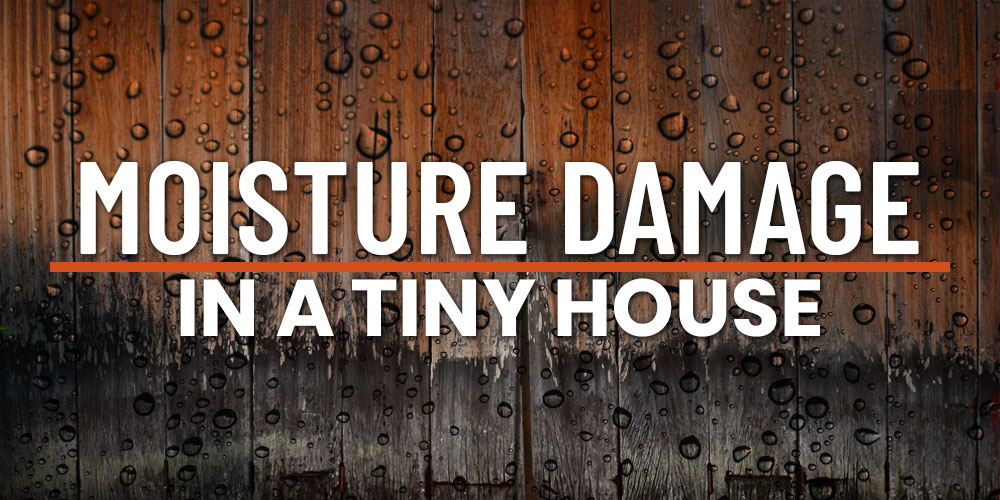
NAVIGATION
While moisture poses a problem for homes of any size, moisture in a tiny house is harder to manage because the lack of space leads to more condensation throughout the home. Thankfully, there are many ways to improve ventilation and manage moisture in a tiny house.
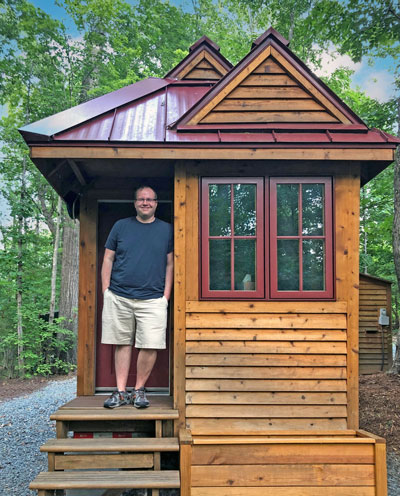
Hi, I’m Ryan
In my 10 years of living in my tiny home, I’ve quickly learned that moisture can get trapped easily in such a small space, and made it my mission to find solutions to eliminate it.

Why Do I Need To Remove Humidity From My Tiny Home?
 Humidity is a big deal in a small space. Too much humidity and moisture in a tiny house can lead to all sorts of unwanted issues!
Humidity is a big deal in a small space. Too much humidity and moisture in a tiny house can lead to all sorts of unwanted issues!
Too Much Moisture Leads To The Following
- Black Mold
- Mildew
- Allergy Issues
- Long-Term Health Concerns
- Build-Up Of Moisture Inside Walls & Windows
- Damage to Electronics
- Generally Less Comfortable
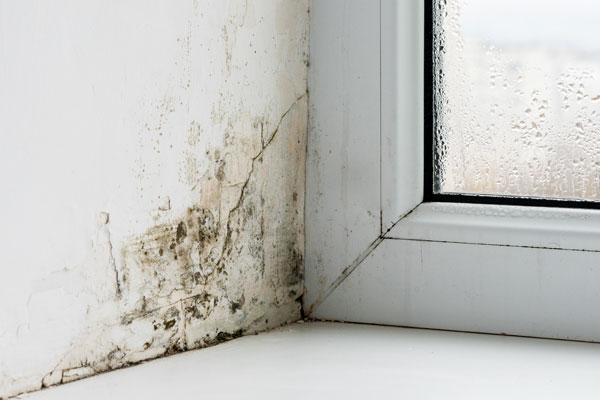
How Does Moisture Get Into A Tiny Home?
 There are several ways moisture creeps into the walls and floors of our homes. Some of these causes are natural, coming from nature or even our own bodies, while others come from things we do in our daily lives like cooking or showering.
There are several ways moisture creeps into the walls and floors of our homes. Some of these causes are natural, coming from nature or even our own bodies, while others come from things we do in our daily lives like cooking or showering.
Tiny House Moisture Can Come From Ourselves
One of the major culprits that brings moisture into a home is our own bodies. Surprisingly enough, simple bodily emissions like breathing or sweating can actually bring lots of moisture into our homes.
Studies reveal that the average amount of water vapor produced by metabolic processes such as respiration and perspiration of the average family of four is actually about 0.2 liters per hour, or up to five liters per day!
Showering Causes Moisture To Fill Our Tiny Homes
The average shower contributes between 0.25 and 0.5 lbs. of water vapor in the air. Of course, this number varies depending on several factors, especially how long of a shower you end up taking.
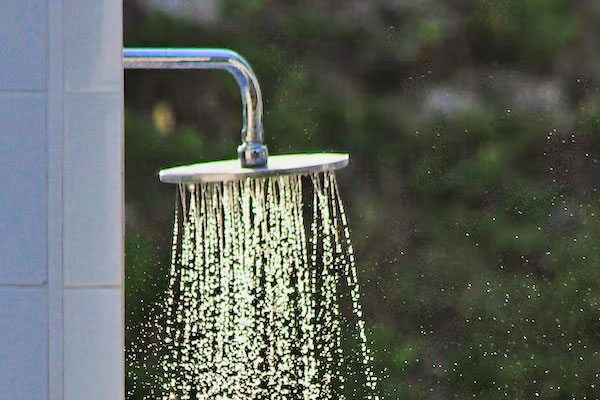
Cooking Brings Moisture Into A Tiny Home
Cooking is another way that excess moisture can get into the air of a tiny house all too easily. I’ve found that, while propane is the ideal way to run your tiny house (it’s practical, portable, and affordable), burning propane actually pumps a fair amount of water into the air.
Consider using an electric stove instead of a wood stove or another kind or stove, where no moisture is put out at all. Either way, it’s definitely worth it to invest in a properly vented hood to help manage the moisture in a tiny house kitchen.
How Can I Keep The Moisture In My Tiny House Under Control?
 The goal in a tiny home is to keep your moisture levels at about 40% humidity. So how do you ensure that’s the case?
The goal in a tiny home is to keep your moisture levels at about 40% humidity. So how do you ensure that’s the case?
You don’t have to forgo showering or cooking altogether just to decrease humidity. There are some sure-fire ways to reduce moisture in your tiny house while still enjoying long showers and home-cooked meals.
Install Ventilation To Keep Moisture Out Of Your Tiny House
Controlling effective ventilation is probably the best way to ensure moisture isn’t going to weasel its way into unwanted spaces in your tiny home!
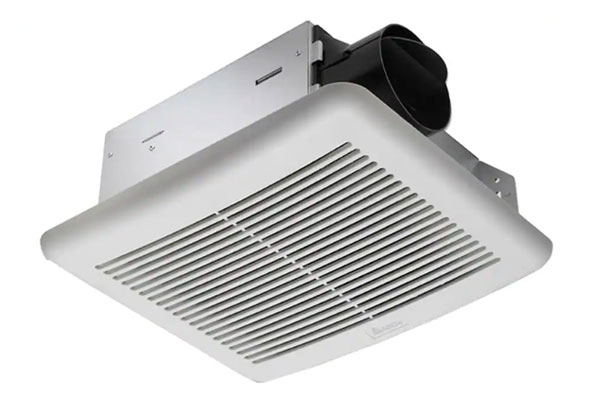
Ventilation For Bathroom
Buy a Bath Fan
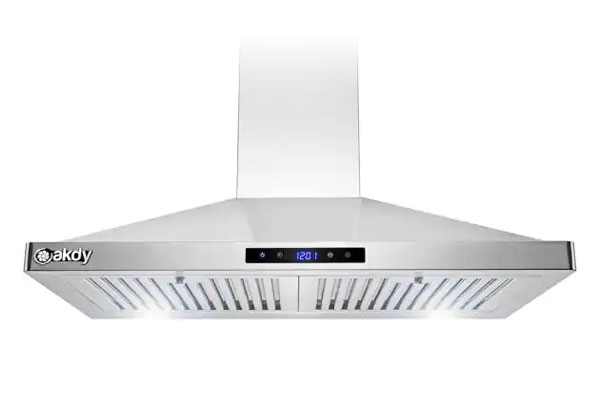
Ventilation For Kitchen
Buy a Vent Hood For the Stove
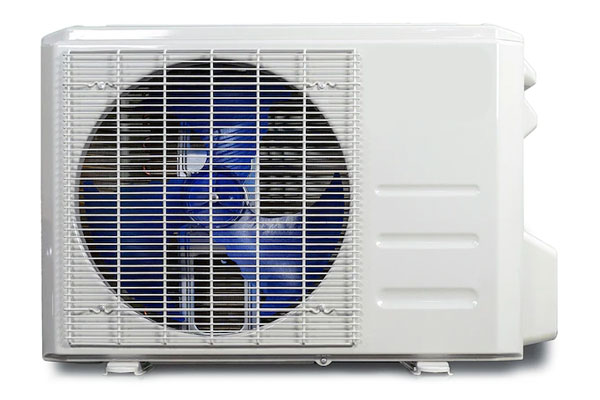
Ventilation For Entire Tiny House
Install a Mini-Split HVAC System
Invest In A Dehumidifier
Even in a small space, it is unlikely that a dehumidifier will be able to suck all of the extra moisture out of the air. Proper ventilation is a must, but a dehumidifier is a great support system.
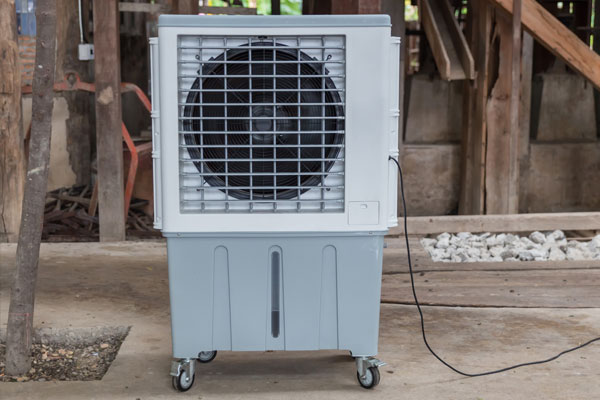
Try Other Moisture Removal Products
You can also try other moisture removal products like Damprid moisture absorbing crystals, silica gel packets, or clay. I definitely would not recommend relying on these as your primary source of moisture removal because they aren’t that sustainable in the long term. However, they can be super helpful in a pinch!
What Is The Difference Between ERV and HRV In A Tiny Home?
 The main method you should ultimately depend on for keeping moisture out of your tiny house is your HVAC system. It’s important to know the difference between HRV (heat recovery ventilation) and ERV (energy recovery ventilation), when trying to keep a handle on the humidity in your tiny house.
The main method you should ultimately depend on for keeping moisture out of your tiny house is your HVAC system. It’s important to know the difference between HRV (heat recovery ventilation) and ERV (energy recovery ventilation), when trying to keep a handle on the humidity in your tiny house.
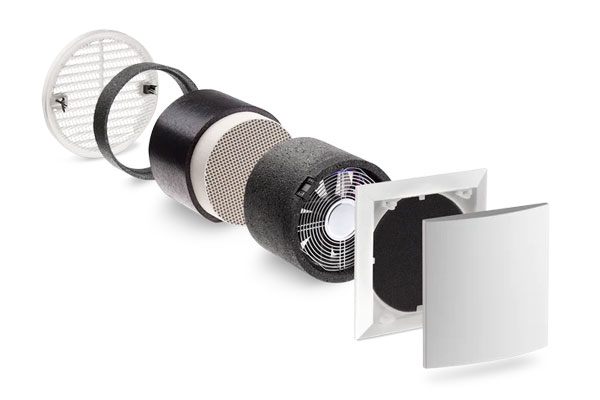 Heat recovery ventilation is a system that uses the heat in stale exhaust air to preheat incoming fresh air. Energy recovery ventilation is a smidge more advanced. ERV units capture some of the humidity in the air, keeping it on the same side of the thermal envelope that it came from. Tiny homes in general can benefit from both HRV or ERV systems, but ERV systems are a better help in managing moisture.
Heat recovery ventilation is a system that uses the heat in stale exhaust air to preheat incoming fresh air. Energy recovery ventilation is a smidge more advanced. ERV units capture some of the humidity in the air, keeping it on the same side of the thermal envelope that it came from. Tiny homes in general can benefit from both HRV or ERV systems, but ERV systems are a better help in managing moisture.
In my own tiny house, using these simple and easy tricks has honestly been a lifesaver for me. Doing a basic humidity check every now and then isn’t that hard, and it can save you thousands of dollars in repairs for rotting or leaky walls and windows down the line.
Your Turn!
- What culprits add moisture to your tiny house?
- What methods will you use to keep moisture out of your home?

Thank you for this information, I am next year building a tiny home on wheels roughly about 28’long off a old camper frame, using steel studs.